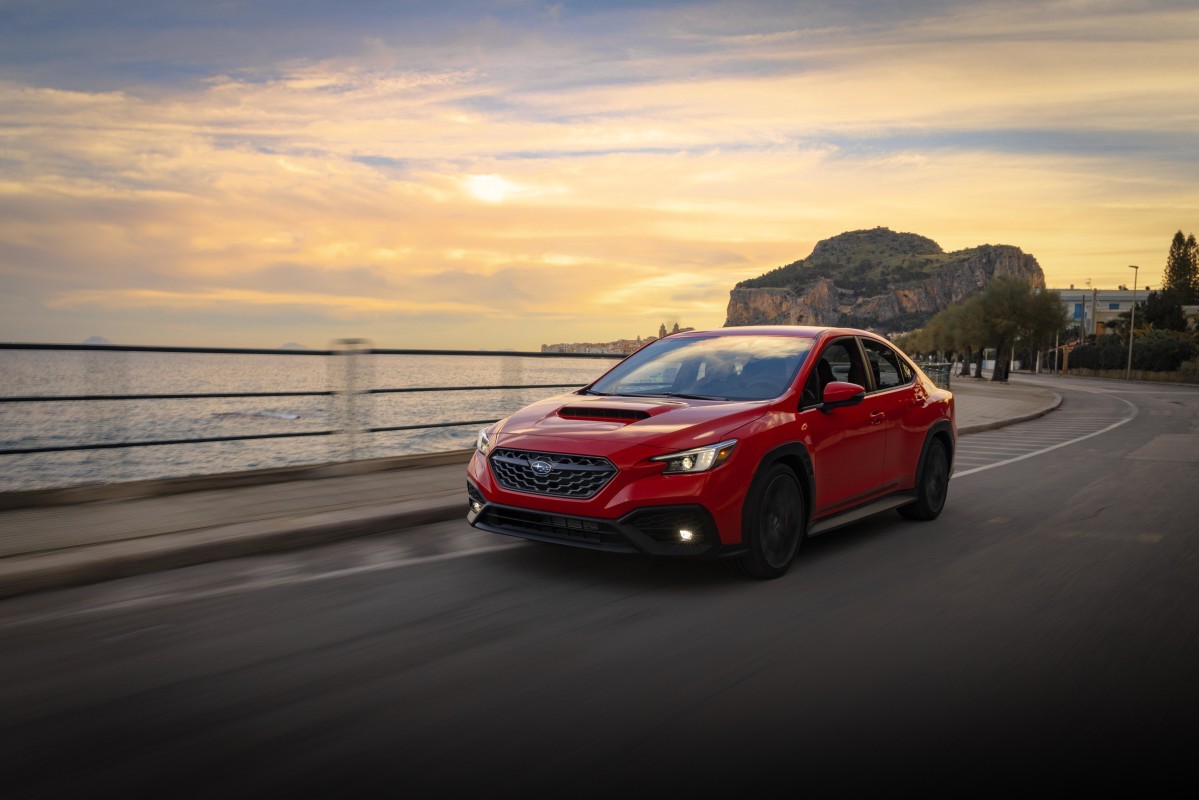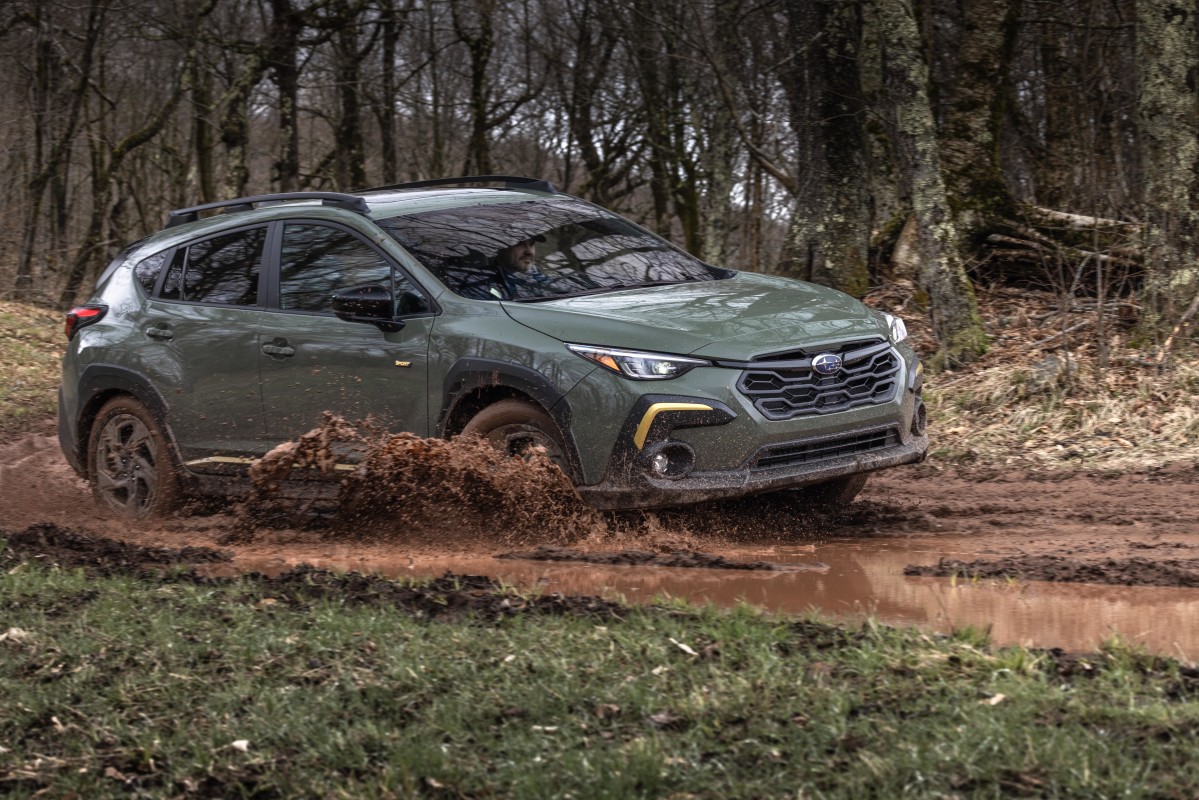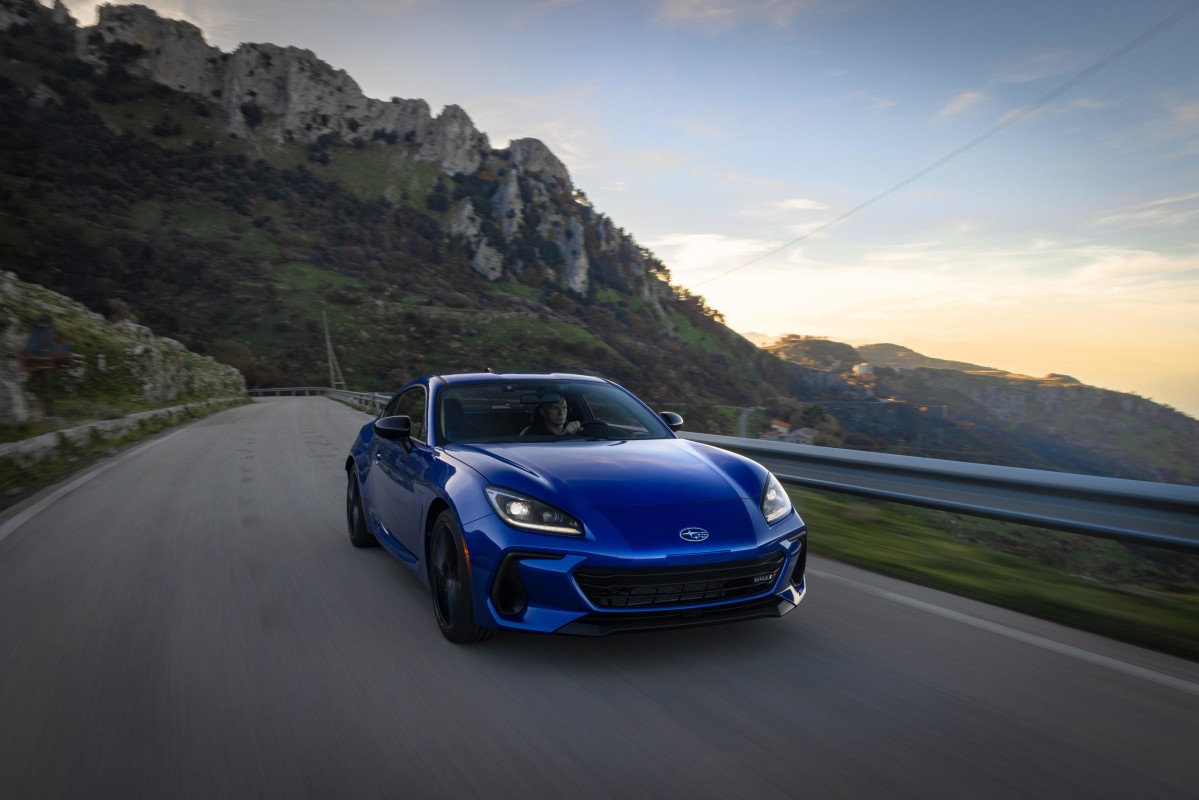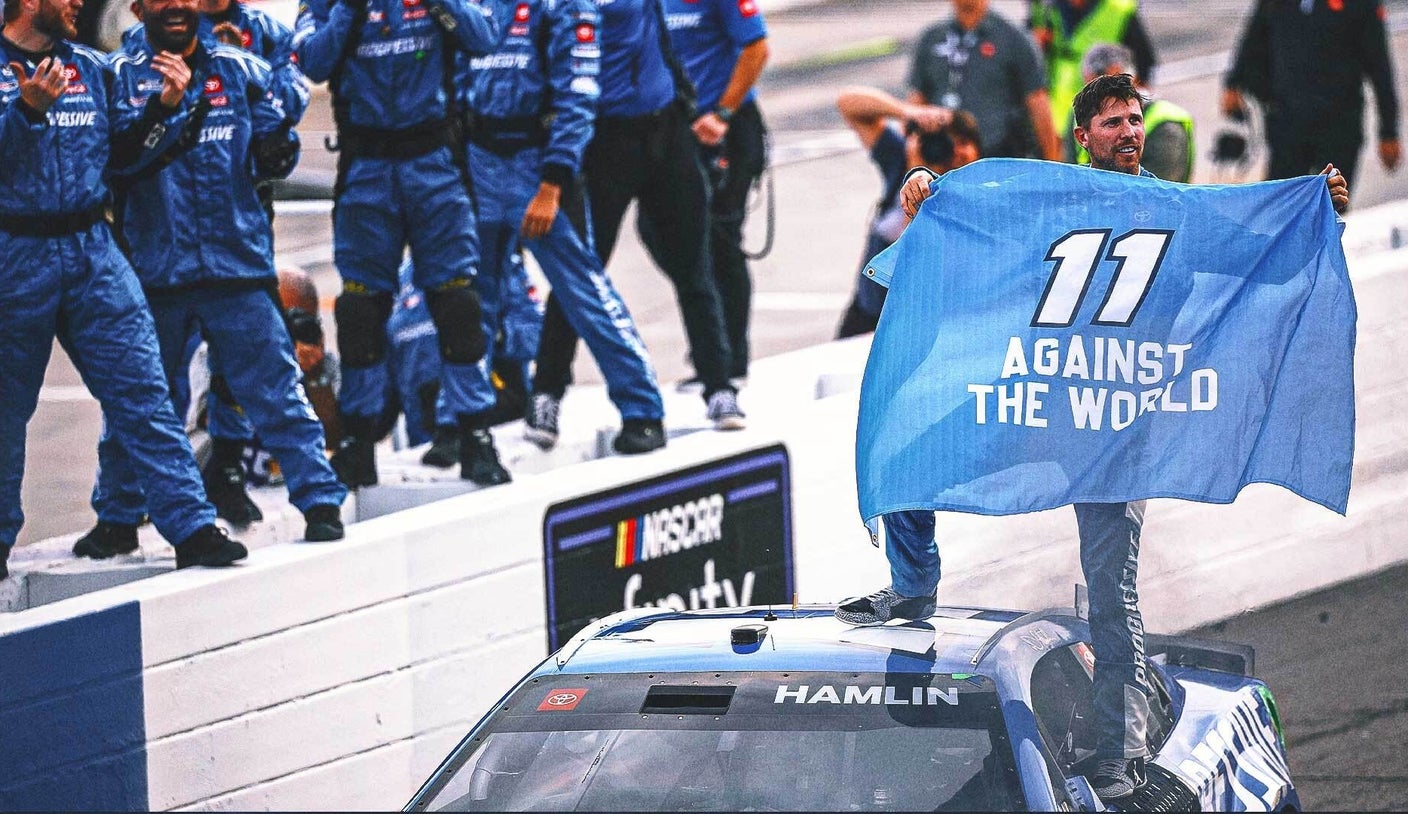[ad_1]
Your favorite Subaru may get a bit pricier
Buyers looking for a new Outback, Forester, or Crosstrek this summer are in for bad news. In response to the impact of hefty 25% trade tariffs, Japanese automaker Subaru is implementing price jumps ranging from a few hundred to up to $2,000 starting in June. According to a notice posted on the website of Planet Subaru in Hanover, Massachusetts, cited by Carscoops and Reuters, the price increases will set buyers back an additional $750 and $2,055 on vehicles, depending on the model and trim.
Specifically, buyers searching for Crosstreks and Imprezas will get the lower end of the brunt, as they will see a $750 bump in price. On the other hand, Forester buyers must endure a price hike between $1,075 and $1,600, depending on trim. Ascent buyers will see an increase between $1,085 and $2,055, while buyers of the Legacy sedan will see a $1,600 bump.
Subaru
View the 2 images of this gallery on the
original article
Meanwhile, buyers shopping for Outback, BRZ, and WRX vehicles are the most impacted by the price jumps. Buyers of the wagon-shaped crossover will see a bump between $1,715 and $1,820, while BRZ and WRX buyers will see prices of their sporty rides jump an extra two grand.
The dealer disclosed that the price bumps are “insufficient” to cover the full costs of the tariffs, and as a result, they expect additional costs before the year’s end. In statements to both outlets, Subaru did not explicitly cite the tariffs as the reason behind the price bumps but noted that they are a response to “current market conditions.”
“The changes were made to offset increased costs while maintaining a solid value proposition for the customer. Subaru pricing is not based on the country of origin of its products,” it said.

Subaru
Subaru anticipates losing billions from tariffs
The news of Subaru’s price increases comes as the automaker refused to give a full earnings forecast for the 2025-2026 fiscal year; a move that fellow Japanese carmakers Honda, Nissan, and Mazda have done in the past few weeks. During its news conference on May 14, Subaru executives said the hefty car industry import tariffs introduced by the Trump administration could cost automakers $2.5 billion within its current fiscal year if they fail to do anything to combat their impact.
According to data from S&P Global Mobility, Subaru imports as much as 45% of its U.S. market vehicles from overseas; however, Senior Managing Executive Officer Tomoaki Emori says it can squeeze out more cars from its Indiana factory. The factory, which has been making cars since 1987, produced nearly 345,000 Ascents, Crosstrek, and Outbacks during Subaru’s 2024-2025 fiscal year. Though its supplier base is prepared to churn out as many as 370,000 vehicles per year, Emori said that it is capable of making half a million cars.
“We still have the production capacity, so we would like to mitigate the impact of tariffs while making use of it,” Emori said. “Under the current circumstances, there is probably no way not to expand in the U.S. We must think about how to go about that.”
Subaru has been monitoring the tariff impact on the company
The move comes after a previous warning about the tariff impact on Subaru issued to its dealers a few months ago. Subaru of America Vehicle Planning and Logistics VP Lisa Quan warned in a letter addressed to dealers dated March 20, 2025, that the automaker has been “actively assessing the potential effects of tariffs” on the company.
It added that due to “business uncertainties related to auto industry tariffs,” the current prices of vehicles “cannot be protected and may be subject to change” after April 2, 2025. This means that the price of certain models or the prices dealers pay for cars coming out of the factory may be adjusted to absorb the tariffs, which would eventually be passed onto the consumer.
During Subaru’s May 14 press conference announcing its 2024-2025 fiscal year financial results, Subaru CEO Atsushi Osaki said that the company will add “various measures” if the impact of U.S. tariffs continues, adding that it will “strive to further enhance profitability by continuing to improve productivity and create new revenue opportunities.”

Subaru
Final thoughts
It is important to note that the tariff-related price increases are impacting Subaru’s entire range of models, including those built at its Indiana factory, such as the Ascent, Crosstrek, and Outback.
According to American Automobile Labeling Act (AALA) documents provided by the NHTSA, while the three models are built in Indiana, half of the parts in the Ascent and Outback are of US/Canada origin, and the Crosstrek is comprised of just 45% US/Canada parts. Most of their foreign parts originate from the land of the rising sun; 30% of the Ascent and Outback and 35% of the Crosstrek are Japanese parts.
To reiterate what Ford CEO Jim Farley previously said, “It’s not as simple as just assembling more vehicles in the US. OEMs must also balance customer affordability, which means the ability to import parts tariff-free.”
[ad_2]









Leave a Reply